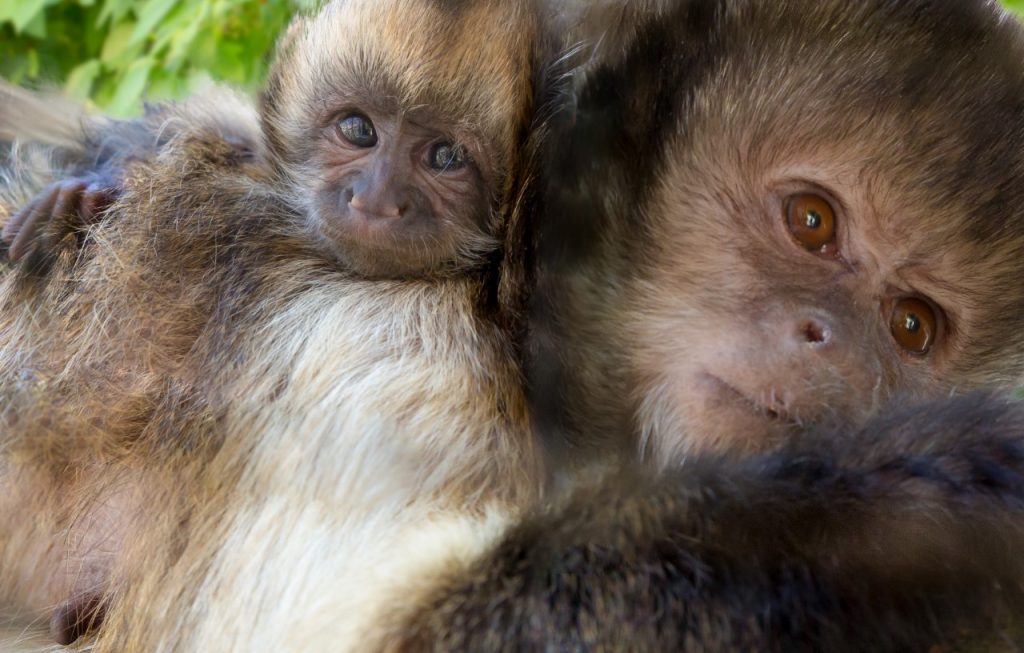Comparisons of serum and liver vitamin A, vitamin E, and carotenoid values within wild-caught Cuban tree frogs (Osteopilus septentrionalis) and cane toads (Rhinella marina)
Citation
Ange-van Heugten KD, Freel T, Smith D, Koutsos EA, Tollefson TN, Ridgley F, and Minter LJ. 2019. Comparisons of serum and liver vitamin A, vitamin E, and carotenoid values within wild-caught Cuban tree frogs (Osteopilus septentrionalis) and cane toads (Rhinella marina). In Brooks M, Freel T, Koutsos E Eds. Proceedings of the Thirteenth Conference on Zoo and Wildlife Nutrition, Zoo and Wildlife Nutrition Foundation and AZA Nutrition Advisory Group, Saint Louis, MO.
Abstract
Health concerns with amphibians under human care are often nutritionally related problems. Although supplementation of anurans with various nutrients is a topic of investigation, a major underlying issue is understanding vitamin A, carotenoid, and vitamin E metabolism in amphibian species. To develop a range of ‘‘normal’’ concentrations for anurans under human care, baseline vitamin A, vitamin E, and carotenoid concentrations must be established in wild amphibian species. In this study, two species, Cuban tree frogs (Osteopilus septentrionalis; n = 10) and cane toads (Rhinella marina; n = 10) were collected from the wild on the same evening in July 2018 as part of an invasive species control program at Zoo Miami, Miami, Florida. The average weight for the cane toads were 121.4 ± 12.03g and the Cuban tree frogs were 20.7 ± 12.03g. Plasma concentrations of vitamin A, vitamin E, and beta-carotene esters were higher (P=0.05) for Cuban tree frogs than cane toads while beta-carotene tended (P =0.10) to be higher for Cuban tree frogs. Plasma zeaxanthin values were lower (P =0.05) in Cuban tree frogs. Liver and plasma nutrient values did not vary similarly between the two anuran species. The liver vitamin A, vitamin E, and beta-carotene values were visually lower for Cuban tree frogs although not statistically significant. Cuban tree frog liver zeaxanthin values were lower than cane toads while the zeaxanthin esters and lutein esters were higher (P =0.05). This study provides guidelines for interpretation of plasma and liver vitamin A, vitamin E, and carotenoid concentrations in free-ranging Cuban tree frogs and cane toads. Although, all the amphibians collected in this study appeared healthy, a larger sample size of animals collected over the course of a full year to represent all seasons may provide stronger evidence of normal nutritional expectations. However, it is clear that large nutrient differences exist between both of the species examined as well as between the plasma versus liver values.
 Ange-van Heugten.pdf 14 KB
Ange-van Heugten.pdf 14 KB








